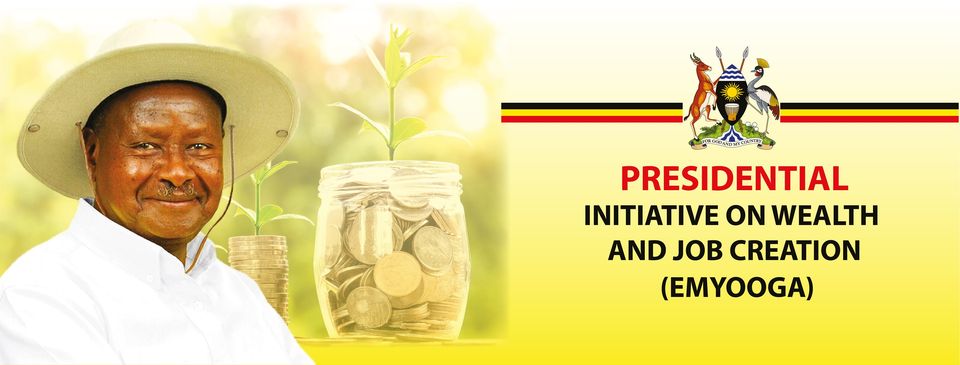The NRM story goes — the focus of this Kisanja2026 is transformation. To transform is to cross “form” – from one form to another. The transatlantic helps you cross the Atlantic Ocean. The Transfiguration of Jesus is an event where Jesus is transfigured and becomes radiant in glory upon a mountain.
The Parish model and Emyooga initiatives transformation are intended to promote savings, household support to enable people to cross “form” from poverty to middle income, the specifics which have been clearly defined in the National Development Plan 3 (NDP III), that feeds well into vision 2040.
The transformation agenda is anchored on four sectors of focus are:
a) Commercial agriculture
b) Industry, including artisanship
c) Services and
d) ICT
In this part 1, I will address item a) – commercial agriculture. It is easy to plan. Tough to execute. Here is free advice on how to transform Ugandans using the parish model without all the money being eaten by technocrats.
2/ Commercial agriculture needs to be defined. Government is yet to fix land ownership issues to provide for scale. What are the identified priority crops for commercial agriculture which government has created value chain capabilities to support? Who are the key players and what are the terms to access the support? What are the defined constraints and how does the government plan to fix these? How much money is available and what are the transparent channels to access it?
3/ Commercial agriculture is affected by land unavailability re land tenure systems, poor mechanization, inadequate irrigation, and lackadaisical extension support! The middlemen are not regulated. In Hoima, sugar out-growers are already crying foul, amidst biting poverty as they focused their small land on sugarcane.
4/ The first assumption for the Parish model is people being organized into groups, yet no deliberate initiative is being taken by the government to organize people into groups anchored on existing foundations – homesteads or to be specific parishes which unfortunately could be misunderstood along religious lines. Hence the initiative should have been called the “village model.”
5/ Government must define the minimum number of members preferred per group, say 30, and ask families closer to form a group – one man and one woman, of any age above 14 counted as 2 people per family. Using the LC system, give a 2-page template that provides for the name of the group, list of members, the group’s objects, terms and conditions, treasurer and secretary roles, a bank account and mobile money accounts that must be operated and how.
6/ Using LG structures, the government then provides a one-day induction training to the group’s country-wide on the projects. Training could be done by an expert visiting the respective groups in their village. Alternatively, the training could be delivered via radio to save costs aired at pre-advertised times after garden work.
7/ Homesteads in each group would then be given the seed capital – the Ugx. 20m. Three to four key priority crops would then be recommended to the respective groups in the different regions/ parishes based on identified demand, existing value chain enablers, land availability and crop performance.
8/ The idea is to fix supply constraints that affect optimal factory performance due to inadequate raw material supplies. If a region is good for coffee growing, and the group members have say 40 acres. The government would recommend 60%/40% land use. Apply 60% of the land to grow the commercial crop and 40% for the family food crops.
To be continued.
Copyright Mustapha Bernabas Mugisa, Mr Strategy 2021. All rights reserved.









